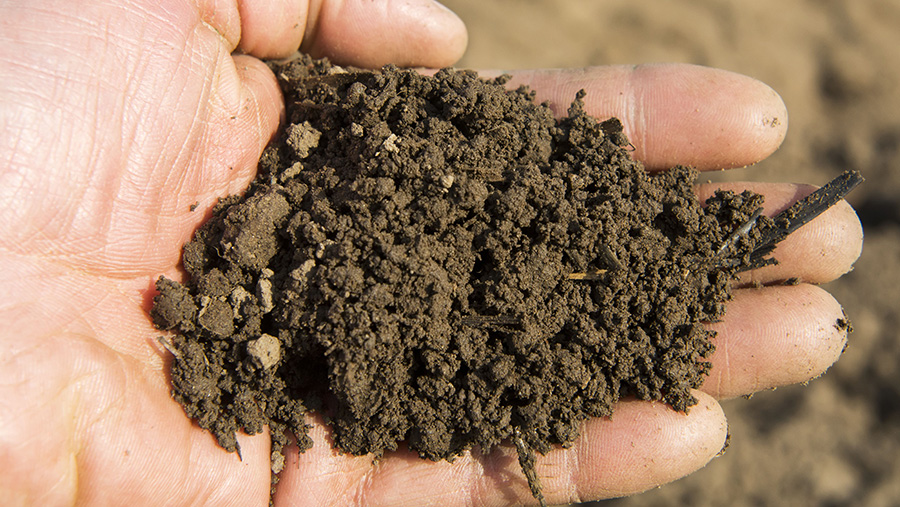Opinion: Scepticism about ‘100 harvests left’ claims
With no oilseed rape to combine this year, there was a nice week-long break in harvest.
A major row erupted about how best to use this golden opportunity for rest and relaxation.
I bravely used my veto to scotch plans for a mini trip away, pointing out that now was the chance to get up to Broom Field with the plough, and check that it’s still OK.

© Design Pics Inc/REX/Shutterstock
You see, I have been reading all the reports on the health of the nation’s soil, and was dead keen to find out if things were as dire as the experts would have us believe.
See also: The ingredients that make a country show great
According to the Committee on Climate Change, our precious soil has only a hundred harvests left in it – three-quarters of all topsoil has disappeared in the past 150 years.
Not from Broom Field it hasn’t. As I trundled across the heavyish land with my Kverneland, with only two buzzards and seven red kites for company, there was no sign of any loss of topsoil.
 Charlie Flindt is a tenant of the National Trust, farming 380ha at Hinton Ampner, in Hampshire.
Charlie Flindt is a tenant of the National Trust, farming 380ha at Hinton Ampner, in Hampshire.In this part of Hampshire, it forms a plough-depth skin over clay (in Broom Field, for instance) and chalk (in other bits of the farm).
If you plough too deep, up come stripes of ochre or brilliant white. It’s a very good early warning of a depth wheel puncture.
We are still ploughing at about the same depth as we have been for my 32 years of farming. The topsoil is still there. Is there a dramatic step down from the uncultivated paths that run alongside the field? No.
Meanwhile, the next truth that appears to be universally acknowledged is that the organic content of soil is in crisis. Once again, not in my experience.
I can remember ploughing Broom Field in the stubble-burning mid-1980s when the heavy soil squeezed its way out of the back of the TSR300 like long lengths of brown toothpaste.
No wonder the power harrow was the wonder tool of the era, bashing the furrows into seed-bed submission.
This year, after decades of straw incorporation, the soil crumbled off the mouldboard and I was grateful to the furrow press for firming it down a bit.
Ah, but the nutrient levels are desperate, say the doom-mongers. Well, the last wheat off Broom Field nudged 70 hundredweight/acre.
For the big boys, that’s mediocre, but for our little farm it is spectacular. And you don’t get good yields off poor soils – it’s that simple.
Why is agriculture languishing in the doldrums? Because there’s too much of what we make. How can that be possible if our most important tool – soil – is in such a poor state?
There was something else bothering me about the “hundred harvests” headline. Google revealed a headline from two years ago, in Scientific American: “Only sixty years of farming left if soil degradation continues”. And this was from a senior UN expert – Maria-Helena Semedo of the Food and Agriculture Organisation.
Now, call me old-fashioned, but if these experts are trying to shock sceptical farmers like me with scary Malthusian stories of agriculture’s end of days, they really should ensure their stories tally.
Otherwise they could be accused of following a sensational Green agenda rather than science.
I finished ploughing, and a fine picture the freshly turned soil made. The seagulls realised the wormfest was over, the kites and buzzards hoovered up the last of the scurrying mice, and we all went home.
Is Broom Field in a terrible soil-based crisis? My conclusion, as I WD40-ed the gleaming No 28 bodies, is no.
